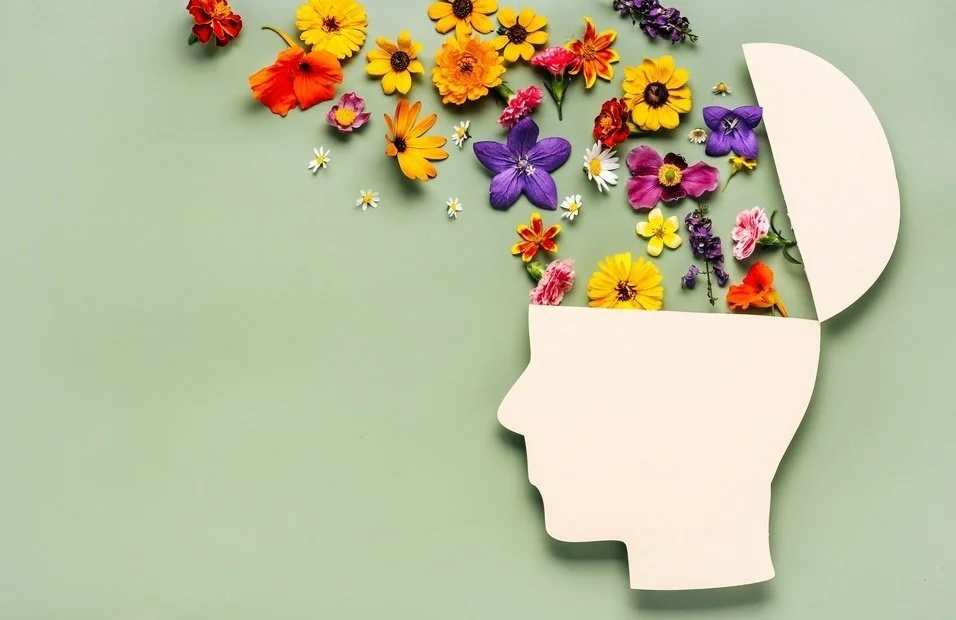What is Trauma-Focused Cognitive Behavioral Therapy?
When you decide to see a therapist, it can be difficult to choose what therapy approach to use. It can be very hard to figure out what therapy is right for you. There is no one-size-fits-all when it comes to therapy, so it’s important to understand the various approaches and their benefits.
Often times, therapists practice a variety of approaches and even combine them in their treatment plans. Don’t worry, all of the clinicians with Sage House Therapy are here to guide and educate you on what might be your best approach.
Let’s focus on one specific approach: Trauma-Focused Cognitive Behavioral Therapy. Hear from our clinician, Lindsay Carroll on what TFCBT is and how she uses it in her practice.
What is TFCBT?
TFCBT, or Trauma-Focused Cognitive Behavioral Therapy, is an evidenced-based mental health treatment model designed for children ages 3- 18 who are experiencing difficulties after trauma exposure. While it was originally developed for children who have experienced childhood sexual abuse and their nonoffending caregiver, it has been utilized to support the reduction of trauma symptoms for various types of trauma exposure.
How do you use TFCBT?
TFCBT follows a structured treatment model following the acronym "PRACTICE". The acronym stands for:
P-psychoeducation (provide psychoeducation about trauma and the specific type of trauma experienced)
R- Relaxation (teach self-regulation/relaxation strategies)
A- affective expression and modulation (help foster the healthy expression of emotions)
C- Cognitive Coping (understand the cognitive triangle and how to use it to reframe unhelpful thoughts)
T- Trauma Narration (tell the story of what happened)
I- In Vivo (resolve avoidance behaviors, identify feared situations and develop desensitization plan)
C- Conjoint Trauma Narration (share the story with a nonoffending caregiver)
E- Enhancing Safety (learn about how to safety moving forward, feel empowered, and improve self-esteem)
You follow the model step by step, but have flexibility within each step to make it unique to the child and your strengths as a therapist. So for me, this means integrating art into each step. For example, when I teach psychoeducation, I have the child create clay "trauma llamas" to depict their own trauma reactions.
What are the benefits of TFCBT?
The biggest benefit is the reduction of trauma-related symptoms such as intrusion, avoidance, negative thoughts, negative mood, and hyperarousal/reactivity. It teaches children how to better manage their emotions and reframe thoughts, which are skillsets which can be applied outside of the lens of trauma.
There can be a beautiful intersection between TFCBT and art therapy. Take it from Christina Hagemeier, another clinician with Sage House Therapy.
How do you combine TFCBT and art therapy?
I use art therapy in TF-CBT just like I would in any other session. Art is helpful for explaining and psychoeducation, as well as emotional regulation. These are two things that are prominent in TF-CBT. Many clients feel more comfortable talking through art than through words, which can allow for greater depth, exploration, and expression of a trauma narrative. Art also can tap into memories and emotions that are more difficult to access with verbal processing. In this way, art can be very beneficial in TF-CBT.
And is art therapy more effective when coupled with TFCBT?
I think that art therapy and TF-CBT are two effective theraputic strategies that have their places where they are beneficial. I find that at times art therapy greatly supports the TF-CBT process. However, TF-CBT is a targeted approach that is not appropriate for all cases. I will use art therapy in a broader range of cases than I use TF-CBT
If you or a loved one are interested in learning more about TFCBT or trying it, please reach out to us. Our team of therapists is here to provide support and guidance. We look forward to connecting with you.






